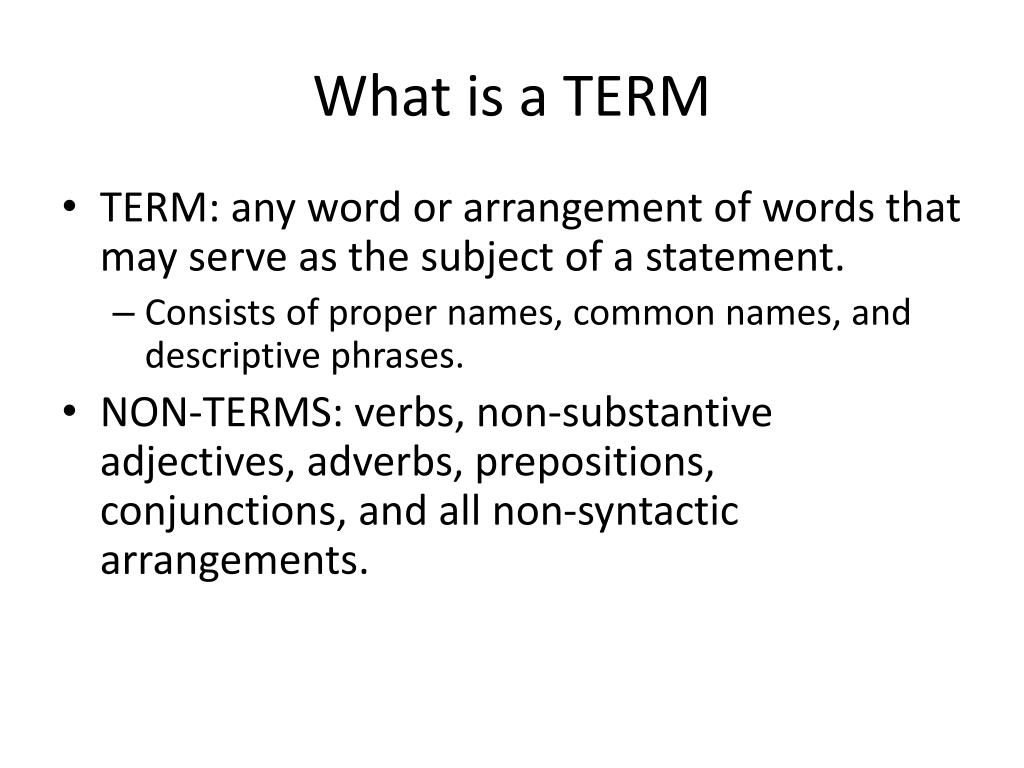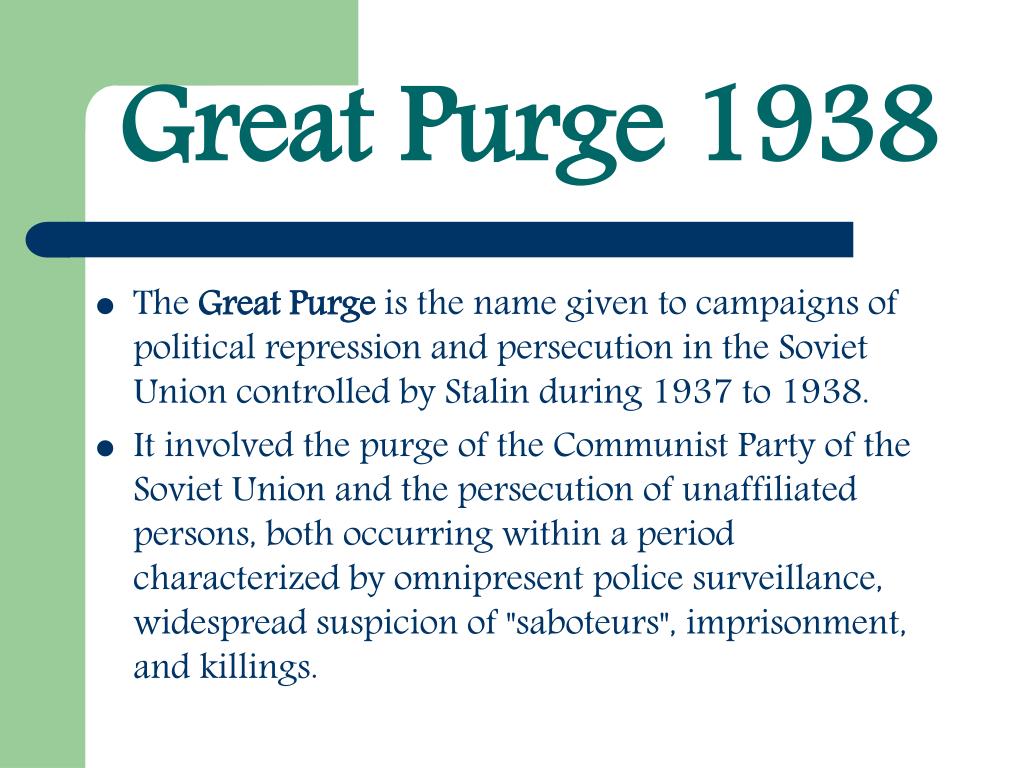

Law enforcement officers who are connected to the communities they serve have the ability to identify individuals who may embrace an extremist ideology, radicalize, and pose a threat of violence against individuals or facilities.

The Importance of Community Policing and Making Connections

Regardless of the source, community policing is critical to identifying those who are planning to carry out acts of violence, preparing communities to respond, aiding public safety officials in the response, and when acts cannot be prevented, helping communities heal and recover. Threats of terrorism come from a variety of sources – organized groups outside the country, those inside the country, and the lone attacker. For victims, their families, and first responders, the suffering can last a lifetime, maybe even impacting generations to come. We’ve witnessed the devastating impacts to individuals and communities that come out of terrorist and targeted attacks.
#POLICE OMNIPRESENCE DEFINITION SERIES#
NIJ has launched the “Notes from the Field” series to allow leading voices in the field to share their strategies for responding to the most pressing issues on America’s streets today. I’ve devoted much of my life to wrestling with the issues associated with terrorism and targeted violence: How do we prepare, how do we prevent attacks, how do we respond, and how do we recover from these tragedies? About "Notes from the Field" View the complete list of Notes from the FieldĪs Director of the National Police Foundation’s Center for Mass Violence Response Studies (CMVRS), a former member of the FBI-NYPD Joint Terrorist Task Force in New York City, and a first responder to the 9/11 attack on the World Trade Center, I’ve learned that acts of terrorism shape the rest of your life. Research for the Real World: NIJ Seminar Series.Strategic Challenges and Research Agenda.IMPROVED ACCESS TO INFORMATION IS ALSO NEEDED. FUTURE DIRECTIONS FOR MORE EFFECTIVE POLICE PATROL INCLUDE VERY SLOW AND DELIBERATE PATROL AT NIGHT, PROVISION OF CRIME DATA ANALYSIS TO PATROL UNITS RATHER THAN TO TACTICAL UNITS, INCREASED FIELD INTERROGATIONS, BETTER INFORMATION FOR PATROL OFFICERS REGARDING THE SOCIOECONOMIC CONDITIONS OF THEIR COMMUNITIES, AND INITIAL CASE SCREENING. EMPIRICAL RESEARCH SUPPORTING THE FOOT PATROL STRATEGY IS SUMMARIZED. SEVERAL CITIES HAVE RETURNED TO THE USE OF FOOT PATROL. THE INABILITY OF OFFICERS TO ENLIST CITIZEN ASSISTANCE AND POLICE MISUNDERSTANDINGS ABOUT CRIME AND VICTIMS IS ALSO BLAMED. IT IS SUGGESTED THAT THESE STRATEGIES FAIL DUE TO COMMUNITY ALIENATION AND LACK OF INFORMATION ABOUT COMMUNITY RESIDENTS, CRIMINAL IDENTITY, AND THE NATURE OF CRIMINAL ACTION OCCURRING IN A COMMUNITY. THE VALUE OF PREVENTIVE PATROL HAS ITSELF COME INTO QUESTION EMPIRICAL STUDIES HAVE SHOWN THE EFFECT TO BE LIMITED OR NEGLIGIBLE, AND THAT RESPONSE TIME HAS NO EFFECT ON THE APPREHENSION OF ROBBERS AND IS NOT A CRITICAL VARIABLE IN DETERMINING CITIZEN SATISFACTION.

THIS MODEL HAS BEEN CRITICIZED DUE TO OVEREMPHASIS ON POLICE CRIME-RELATED FUNCTIONS AT THE EXPENSE OF PUBLIC-SERVICE FUNCTIONS AND BECAUSE IT HARMS THE QUALITY OF POLICE-COMMUNITY RELATIONS, ESPECIALLY WITH MINORITY GROUPS. VEHICULAR PATROLS CRUISE MATHEMATICALLY DEVISED BEATS AND USE COMPUTER SYSTEMS FOR IMMEDIATE DISPACTCHING. CURRENT POLICE PATROL IN THE UNITED STATES IS FOUNDED ON THE PRINCIPLES THAT POLICE OMNIPRESENCE IN THE COMMUNITY PREVENTS CRIME AND INSURES RAPID RESPONSE TO SERVICE CALLS. IN THE PAST THESE FUNCTIONS WERE FILLED BY THE FOOT OFFICER USING TWO-WAY RADIOS OR CALL BOXES. THE GOALS OF POLICE PATROL ARE TO PREVENT CRIME, MAINTAIN PUBLIC ORDER, PROVIDE PUBLIC SERVICES, AND SUPPRESS CRIME THROUGH THE APPREHENSION OF CRIMINALS.


 0 kommentar(er)
0 kommentar(er)
